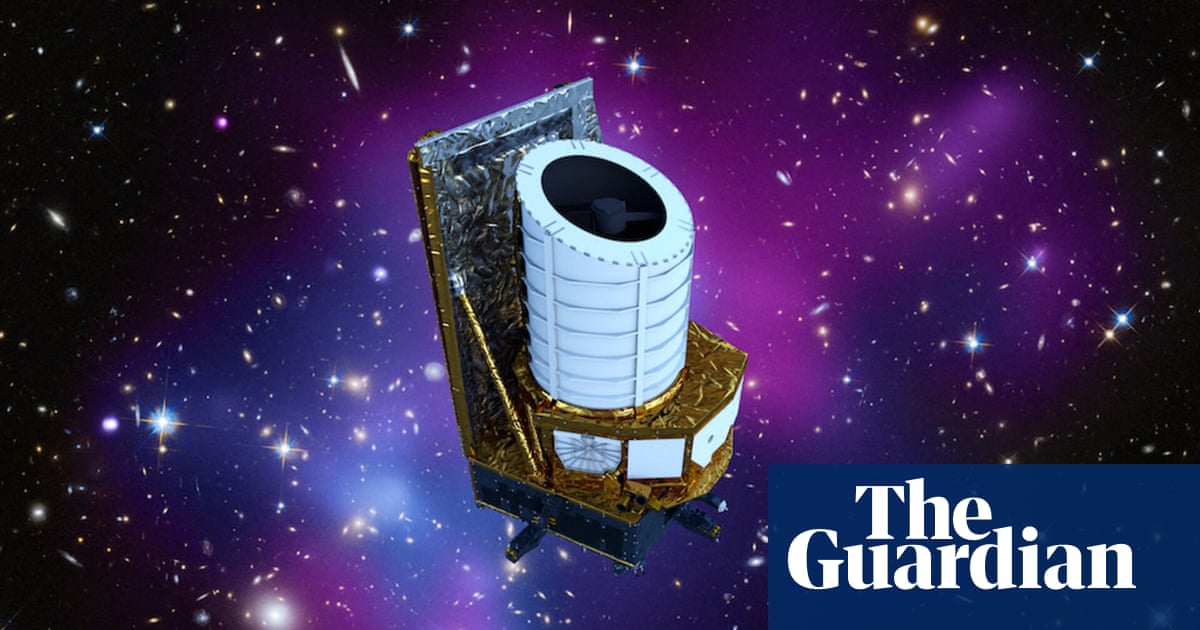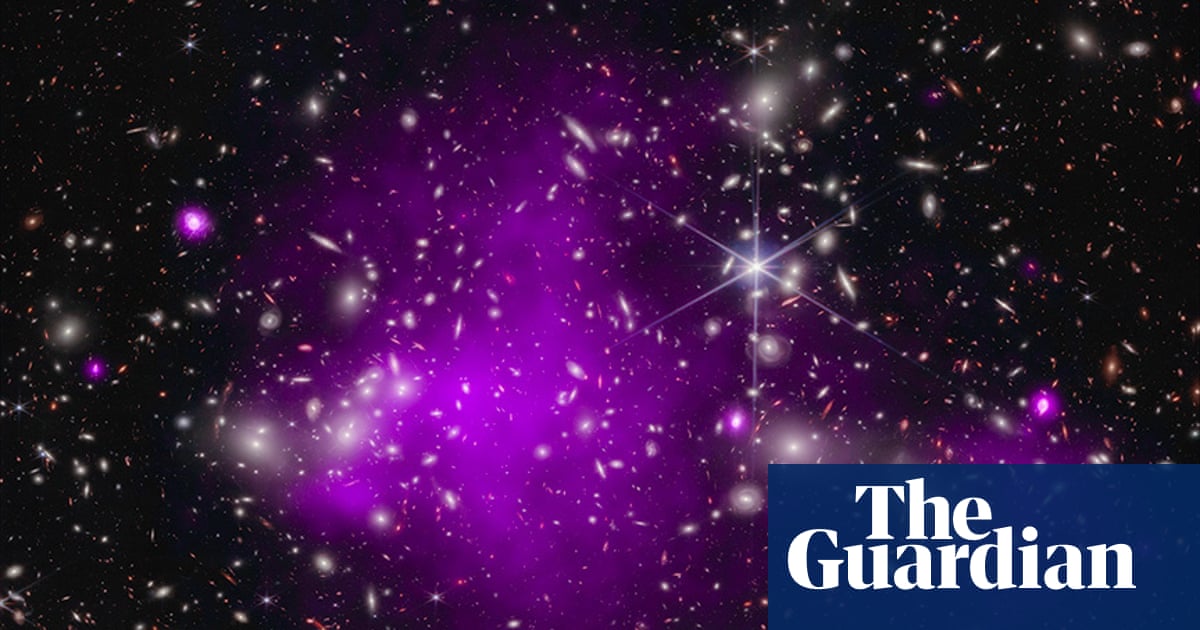
The first chunk of what will be the largest 3D map of the universe ever made has been revealed, putting 14 million galaxies – not to mention tens of millions of stars in our own Milky Way – on show in incredible detail.
The Euclid mission, launched in 2023 and run by the European Space Agency (Esa) with contributions from Nasa, sent its first snapshots in November of that year and in May 2024.
The goal of Euclid is to enable the creation of a 3D map in time and space of the universe, in an attempt to elucidate its evolution and, as a result, shed light on the mysterious phenomena of dark energy and dark matter that together make up 95% of the universe.
The newly released data is a mosaic of 208 gigapixels and covers 1% of what will be the final map.
The completed map is expected to involve six years of observations and will take in a third of the sky, with observations expected to capture billions of galaxies out to 10bn light years.
Prof Mat Page, of the Mullard space science laboratory at University College London (UCL), who is the lead for Euclid’s VIS (visible instrument) camera, said that before Euclid no one had ever made an image of such a large area of sky at such high resolution.
“Even the zoomed-in images don’t show the full resolution of Euclid’s spectacular VIS camera,” he said.
“Before Euclid, we would never be able to see the faint cirrus clouds in the Milky Way, and pick out every star that’s illuminating them in super-high resolution.
“And this is just a tiny fraction of the full area that Euclid is going to survey, so by the end we’ll have a real astronomical harvest of discoveries.”
Images released by Esa highlight the area of the sky covered by the new mosaic, together with the mosaic itself and zoomed-in views within it.
Esa said regions of light blue that can be seen in the mosaic were galactic cirrus clouds that sit between stars in the Milky Way.
These wispy clouds, composed of gas and dust, reflect optical light, allowing them to be captured by the mission’s super-sensitive visible light camera.
Zoom in on the mosaic further and other features can be seen, including the spiral galaxy NGC 2188 and the galaxy cluster Abell 3381.
In a view zoomed in 600 times relative to the original mosaic, a distant swirling galaxy is visible in incredible detail.











